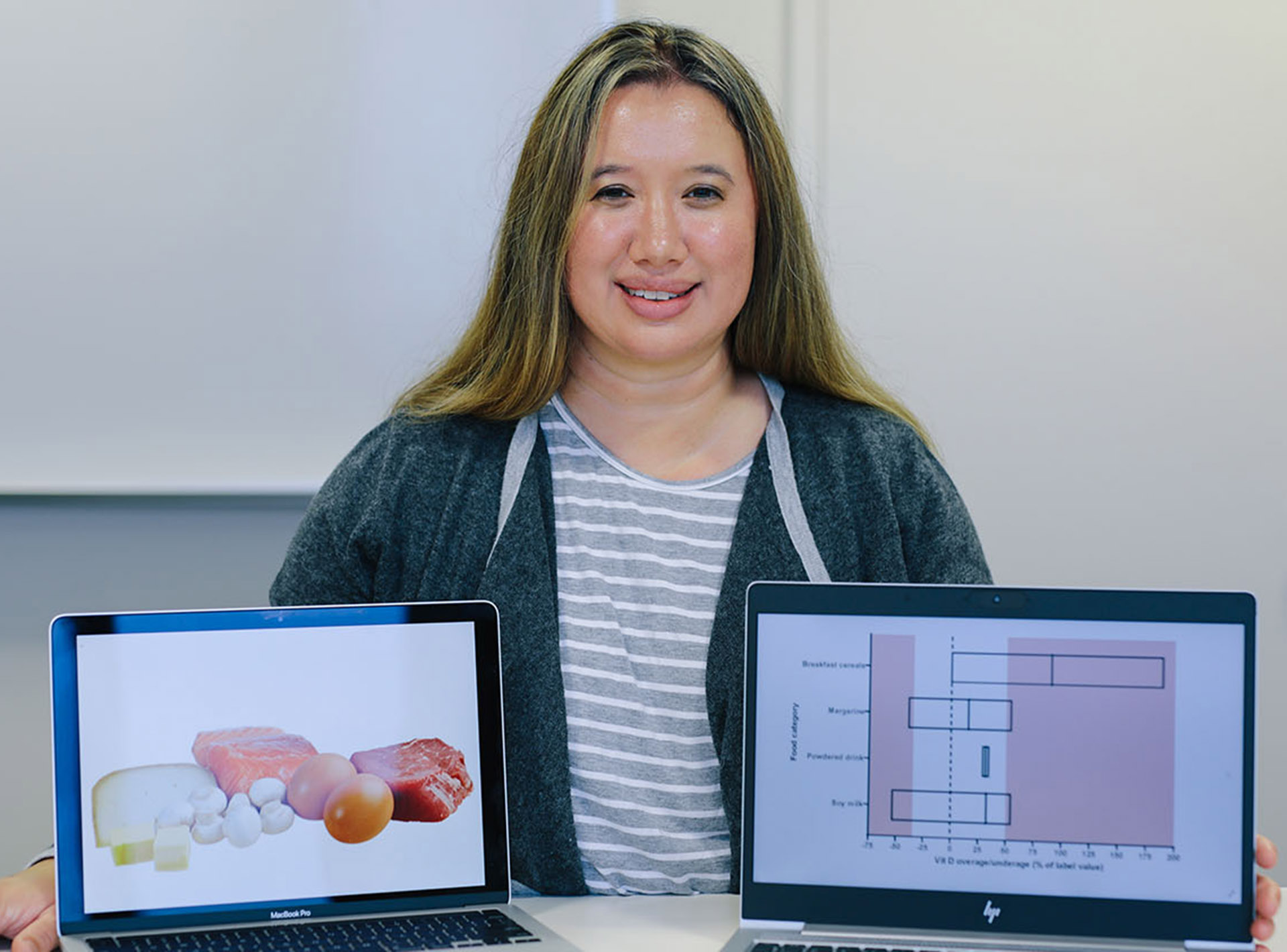 Despite Australia being known for its hot sun and sandy beaches, a new study by Curtin University found that 95 percent of Australians have low levels of the sunshine vitamin, vitamin D, with researchers recommending increasing our intake using food sources such as oily fish.
Despite Australia being known for its hot sun and sandy beaches, a new study by Curtin University found that 95 percent of Australians have low levels of the sunshine vitamin, vitamin D, with researchers recommending increasing our intake using food sources such as oily fish.
The study, published in the Journal of Human Nutrition and Dietetics, used new information on the vitamin D content of foods, produced by the research team, and dietary intake data collected from more than 12,000 Australians in the 2011-2012 National Nutrition and Physical Activity Survey.
Lead researcher, dietitian, and PhD student Eleanor Dunlop, from the Curtin School of Population Health, said that most Australians “consume less than half of international recommendations for vitamin D (10 μg per day), with mean intakes ranging between 1.8 and 3.2 µg.”
Production in the skin is the main source of vitamin D, but where many people around the world have insufficient levels because sunlight is limited in winter, Australian weather conditions also force people to stay indoors.
“We know that being SunSmart is vital in Australia to reduce the risk of skin damage and skin cancer,” Ms Dunlop said. “The study suggests that Australians need data-driven nutrition policy to safely increase their intakes of vitamin D.”
“Vitamin D deficiency increases the risk of poor bone health and since nearly one in four adults are vitamin D deficient in Australia, carefully considered food-based strategies may safely increase intakes and improve vitamin D status in the Australian population.”
Similarly, although observational studies see lower rates of certain diseases in populations that live in sunny climates, people with darker skin tend to have lower blood levels of vitamin D because the pigment melanin, which reduces the damaging effects of sunlight on skin (including skin cancer), also reduces production of vitamin D.
“Aboriginal and Torres Strait Islander people living in remote areas are particularly at risk of vitamin D deficiency, as well as people born outside of Australia or the main English-speaking countries,” Ms Dunlop said.
“People residing in southern states of Australia, and people who are obese or have low physical activity levels, are also at greater risk of vitamin D deficiency.”
Senior author Associate Professor Lucinda Black, also from the Curtin School of Population Health, said that vitamin D intakes were lowest in younger people, with women more likely to have lower intakes than men.
“It can be difficult to consume enough vitamin D as few foods are rich in vitamin D. Oily fish is the best food source of vitamin D, with two serves a week recommended. Other foods such as eggs and meat contain small amounts, but we don’t find vitamin D in fruits, vegetables or grain-based products, like bread or rice,” Professor Black said.
The main source of vitamin D identified during the study was canned tuna and canned salmon, which had the highest analysed concentration of vitamin D. Margarine and table spreads also contributed more than 10 percent of Australians’ daily intake.

